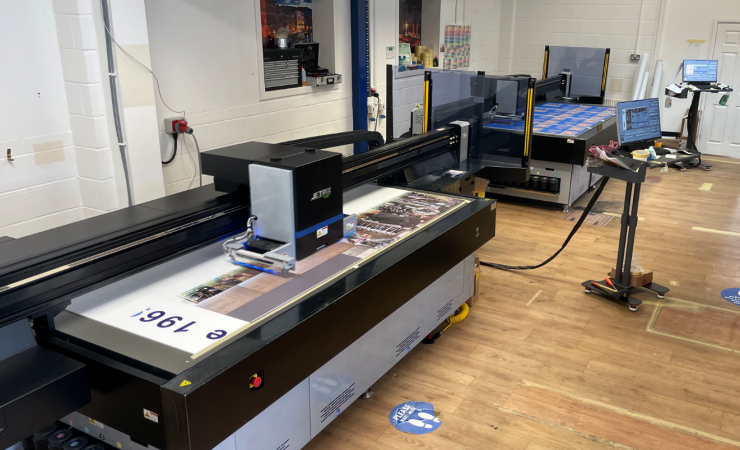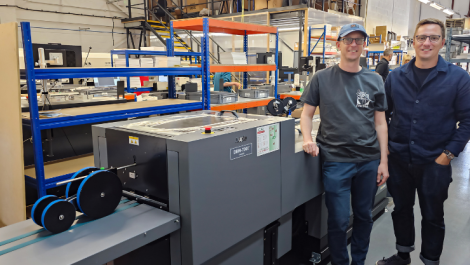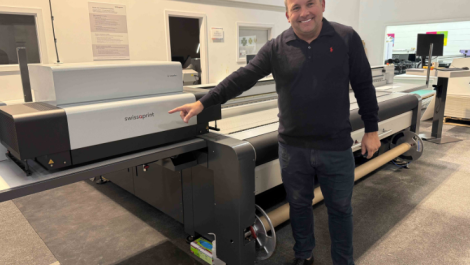Screentec first considered Jetrix technology more than a decade ago, but eventually decided that the brand was still too new to the wide-format world. Fast-forward to 2021 however and, with the Jetrix brand now firmly established, Screentec decided to give them another look.
After being convinced by an ‘extensive and comprehensive’ testing process, Screentec purchased not one, but two LXi6 printers which are being used to produce a wide-array of work, ranging from POS, splashbacks, signage, overlays, industrial graphics, ring binders, clipboards and a range of promotional products.






